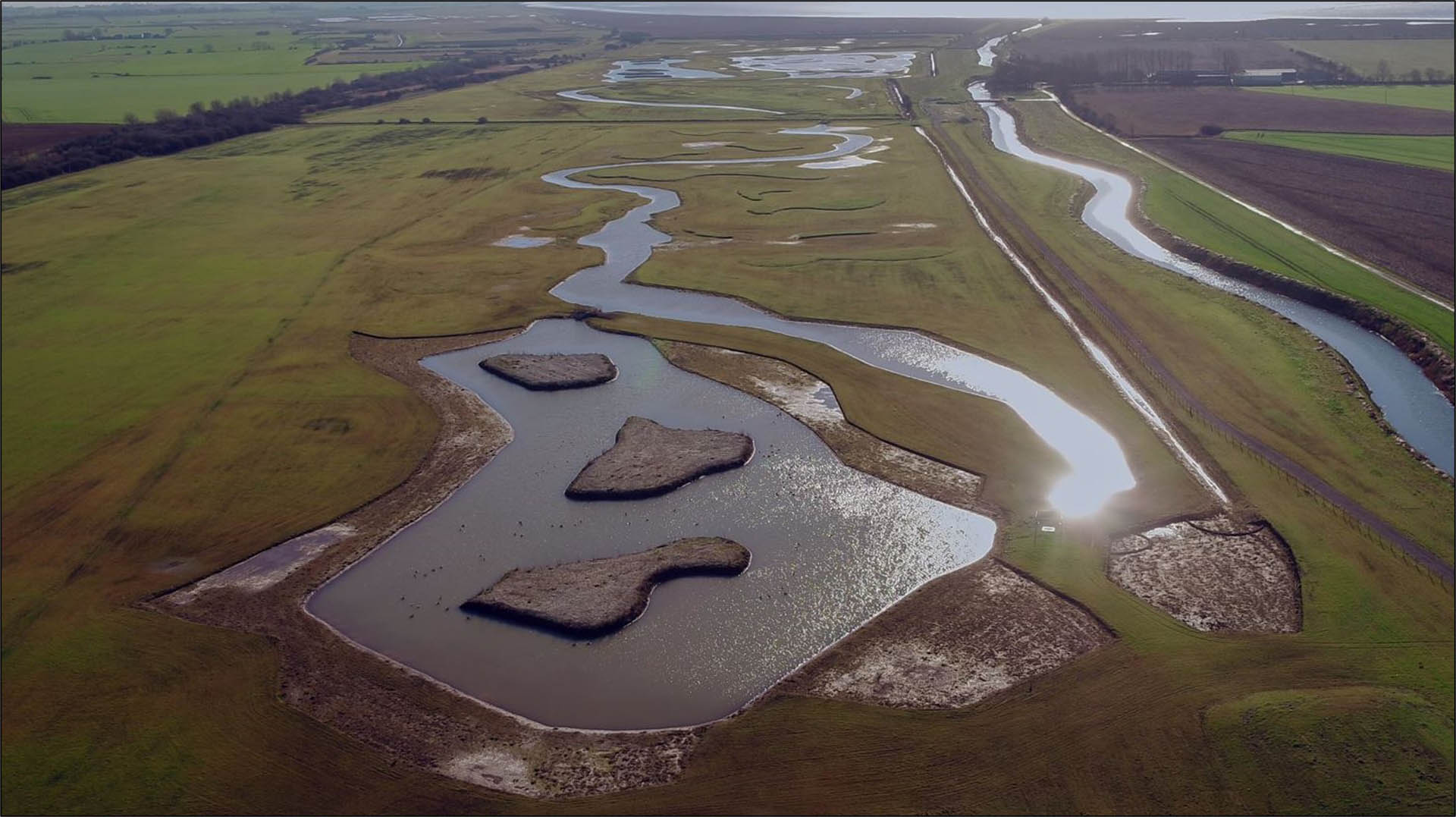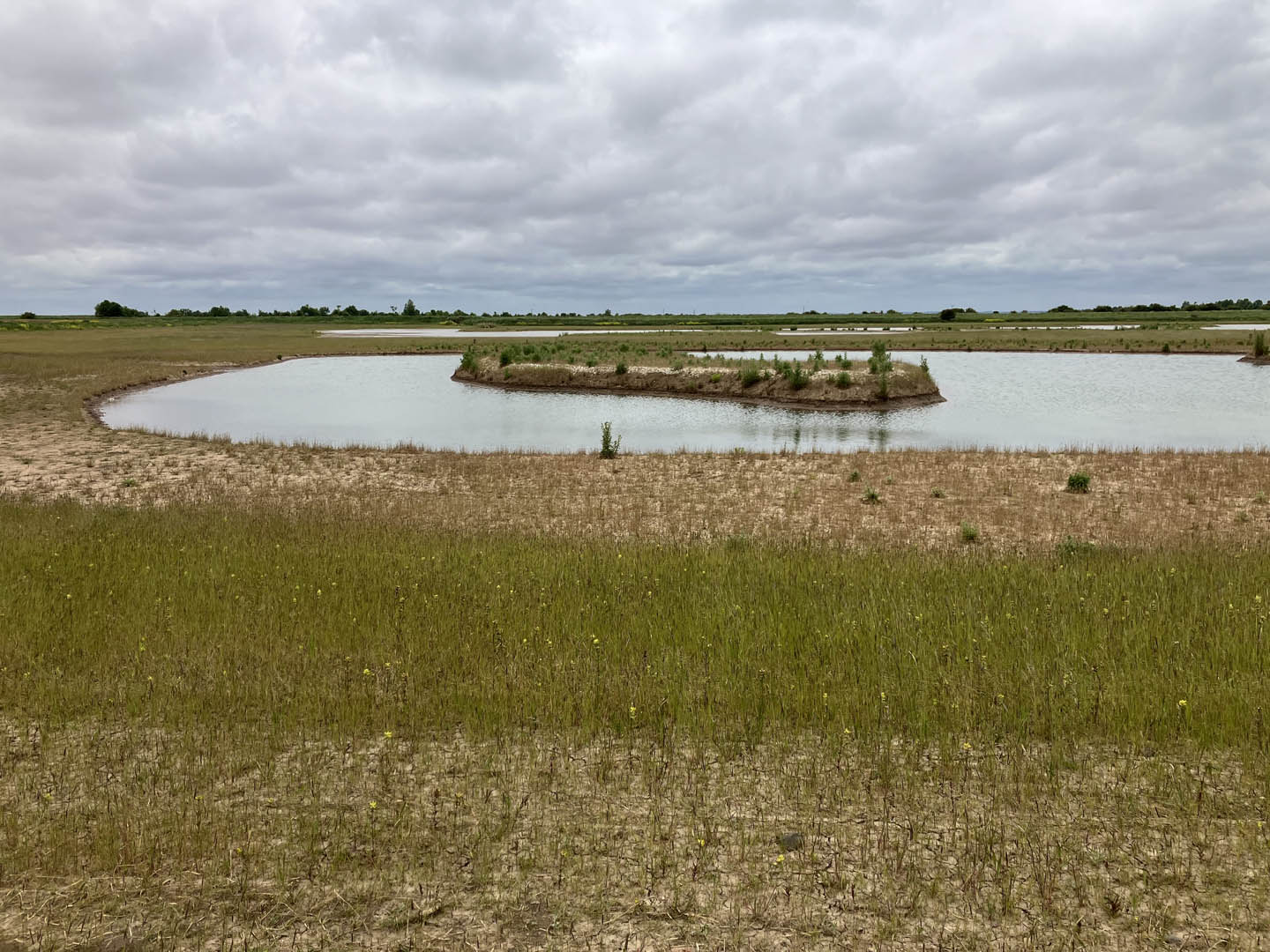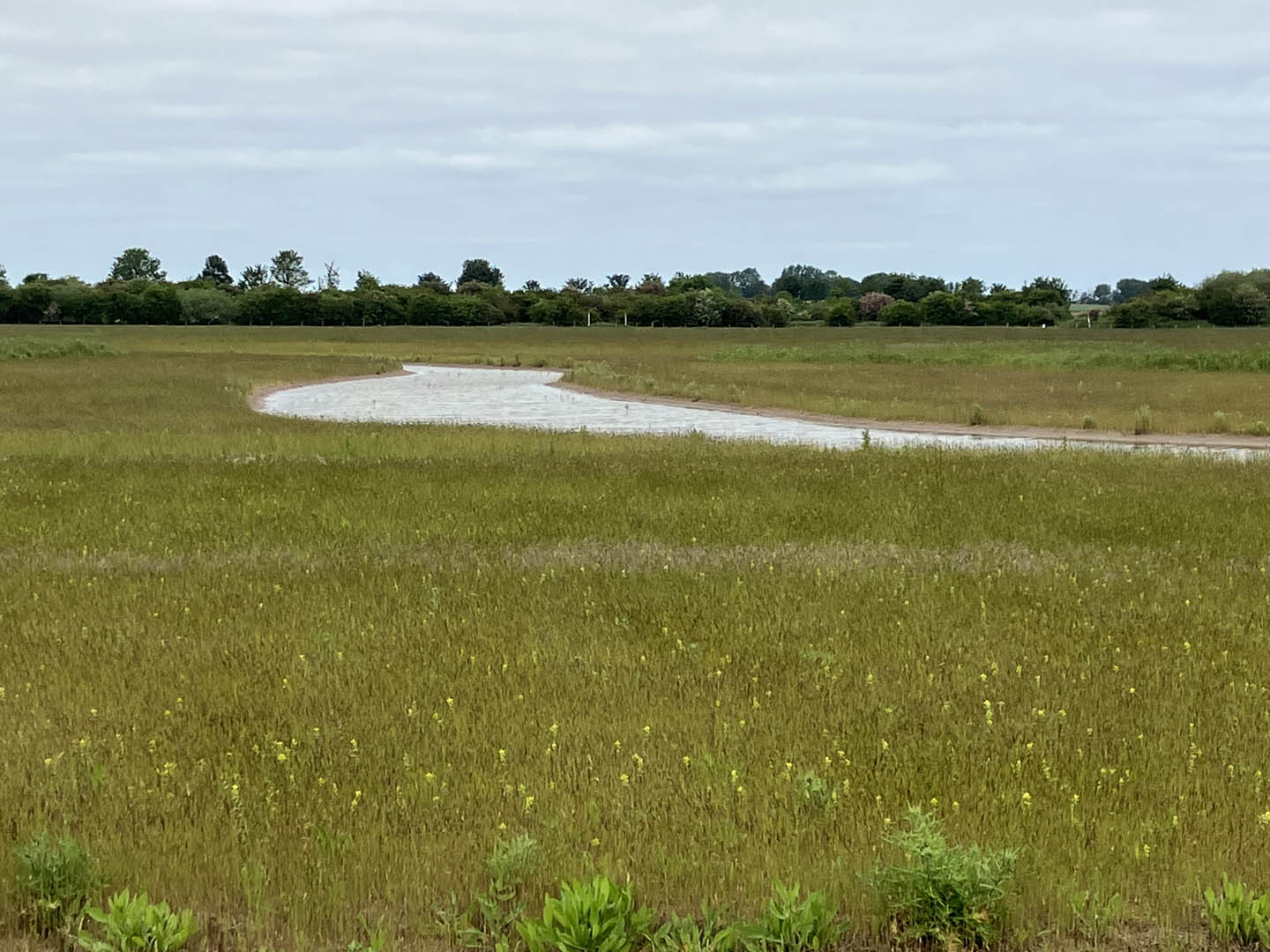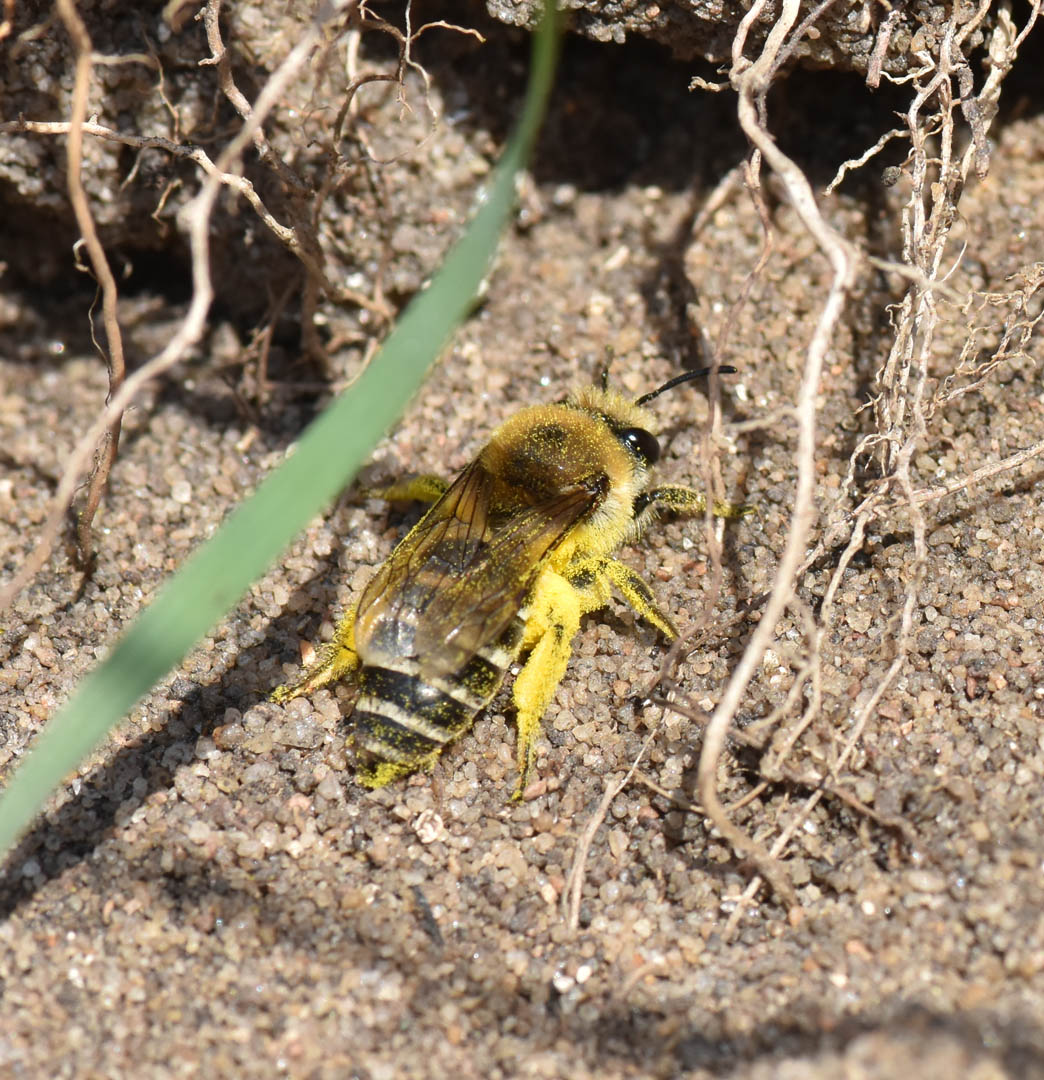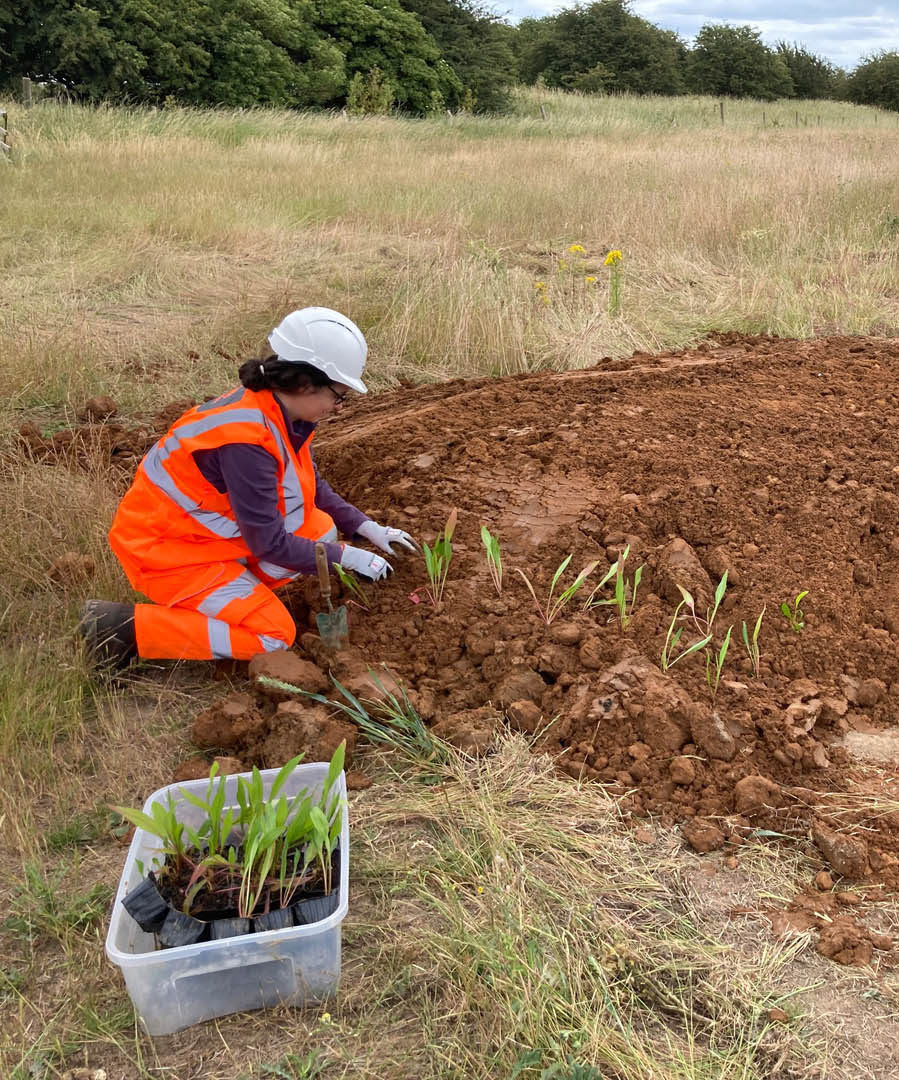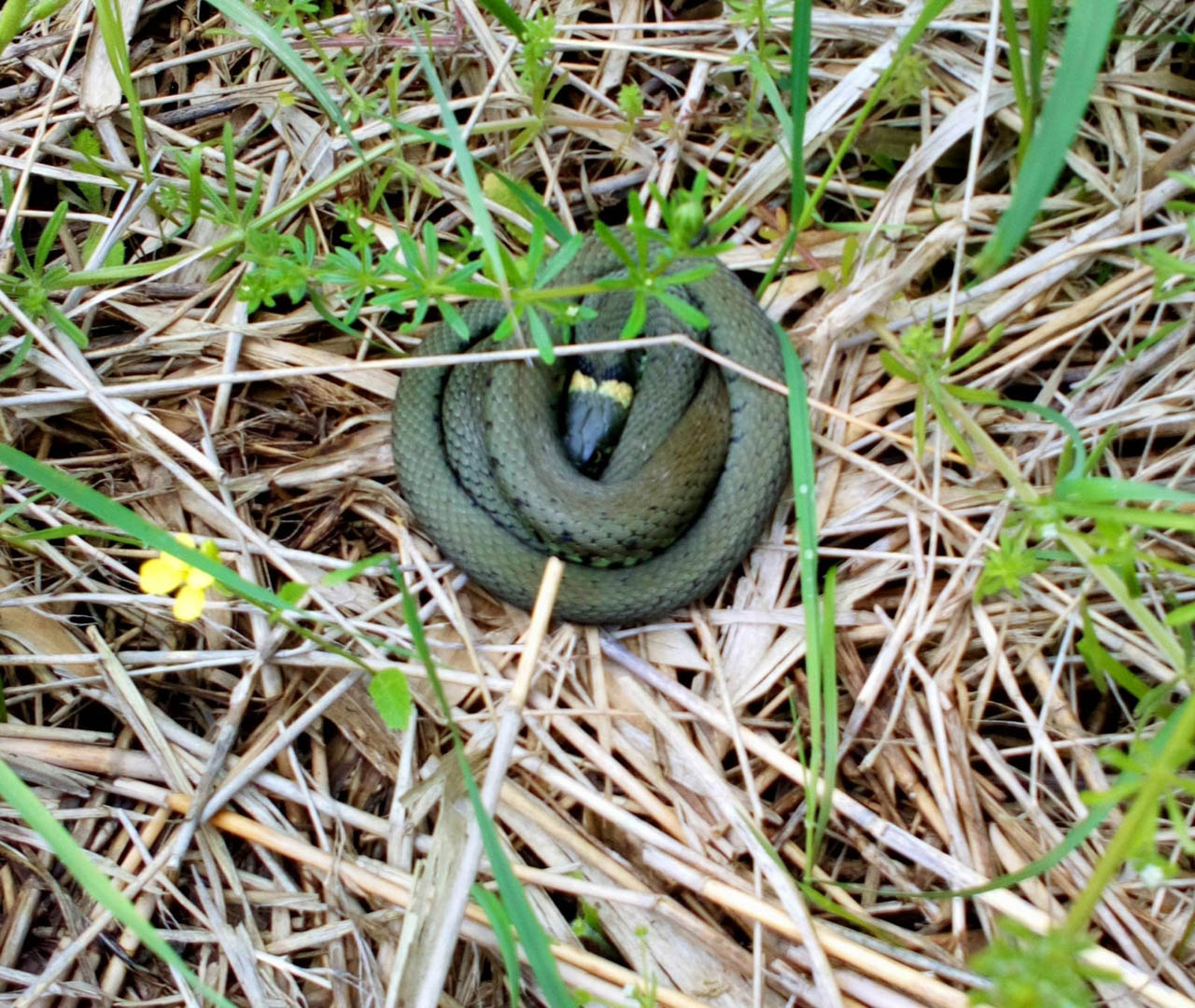The Outstrays to Skeffling Managed Realignment Scheme saw our engineering and environmental teams come together to deliver a one-of-a-kind flood resilience and habitat creation project on the Humber Estuary. Having been substantially completed in the summer of 2024 following a planned breach of the old embankment, the project is already delivering significant environmental benefits. Read on to find out more.
New habitat for targeted species
A new embankment extends over 5km, and a breach in the existing embankment will result in the creation of a combination of saltmarsh and mudflat, along with freshwater habitats. The benefits of this are already being seen, with initial monitoring not only highlighting the variety of wildlife but importantly, the presence of target species.
Through our surveys, we were able to identify significant numbers of Teal, Shelduck, Pintail, Dunlin and Redshank, which had been identified as target species of the scheme. In addition, the newly formed Outstrays Recording Group have recorded over 130 species of bird in the freshwater habitats, this included up to eight pairs of nesting Avocet. The recording group were also able to identify a new population of Brown Argus butterfly.
A home for an array of wildlife
Whilst the new freshwater lagoons, scrapes and wet grassland are providing high tide roost areas for waders and wildfowl, the habitat creation measures don’t end there. Barn Owl boxes have been installed, an artificial badger sett has been created, and innovative nesting banks for Sea Aster Mining Bee have been developed.
To further benefit wildlife in the surrounding area, 11,600 native shrubs and trees were also planted, as well as 700m of species-rich hedge. Going beyond the scheme's required planting target will allow existing pockets of woodland and hedgerows that surround nearby villages to be connected, creating a corridor for wildlife.
Through the detailed design, implementation and initial monitoring, it has been recognised that the habitats created as part of the Outstrays to Skeffling Managed Realignment Scheme will continue to evolve. To monitor these changes and the success of the site, a 20-year monitoring plan has been established, which will provide valuable evidence of the long-term benefits provided.
Alongside habitat creation and carbon sequestration benefits, this project will also improve resilience to flooding for local communities and facilitate future flood protection for 400,000 residents living in the Humber floodplain.

For more information about the environmental benefits delivered as part of the Outstrays to Skeffling Managed Realignment Scheme, please contact Laura Thomas.
